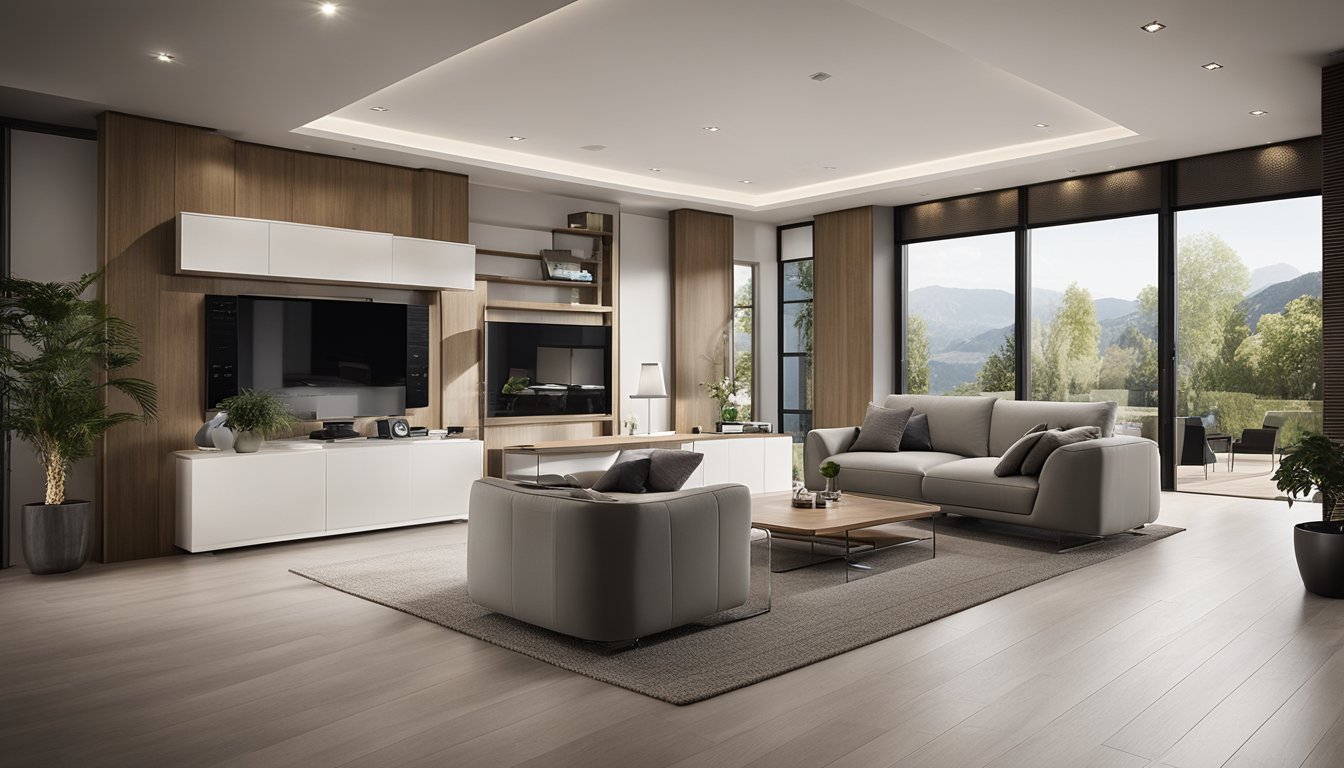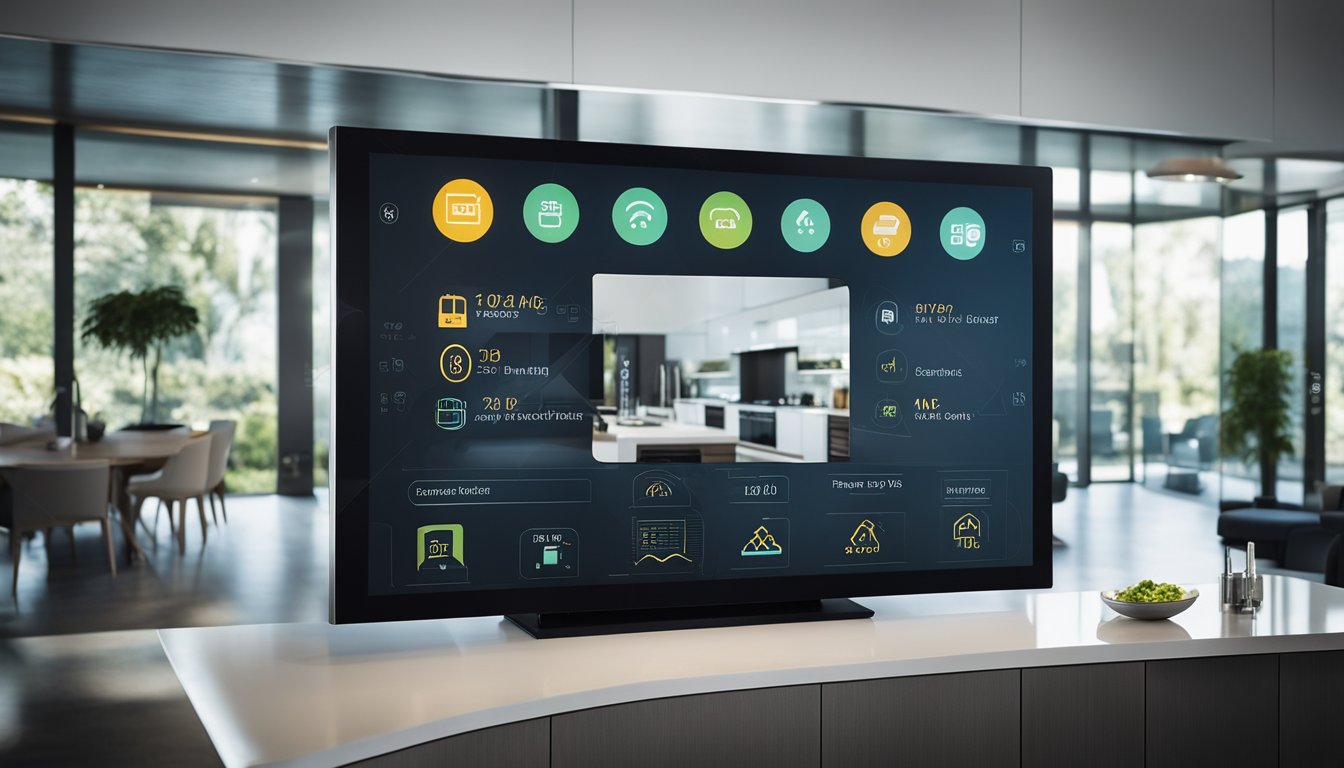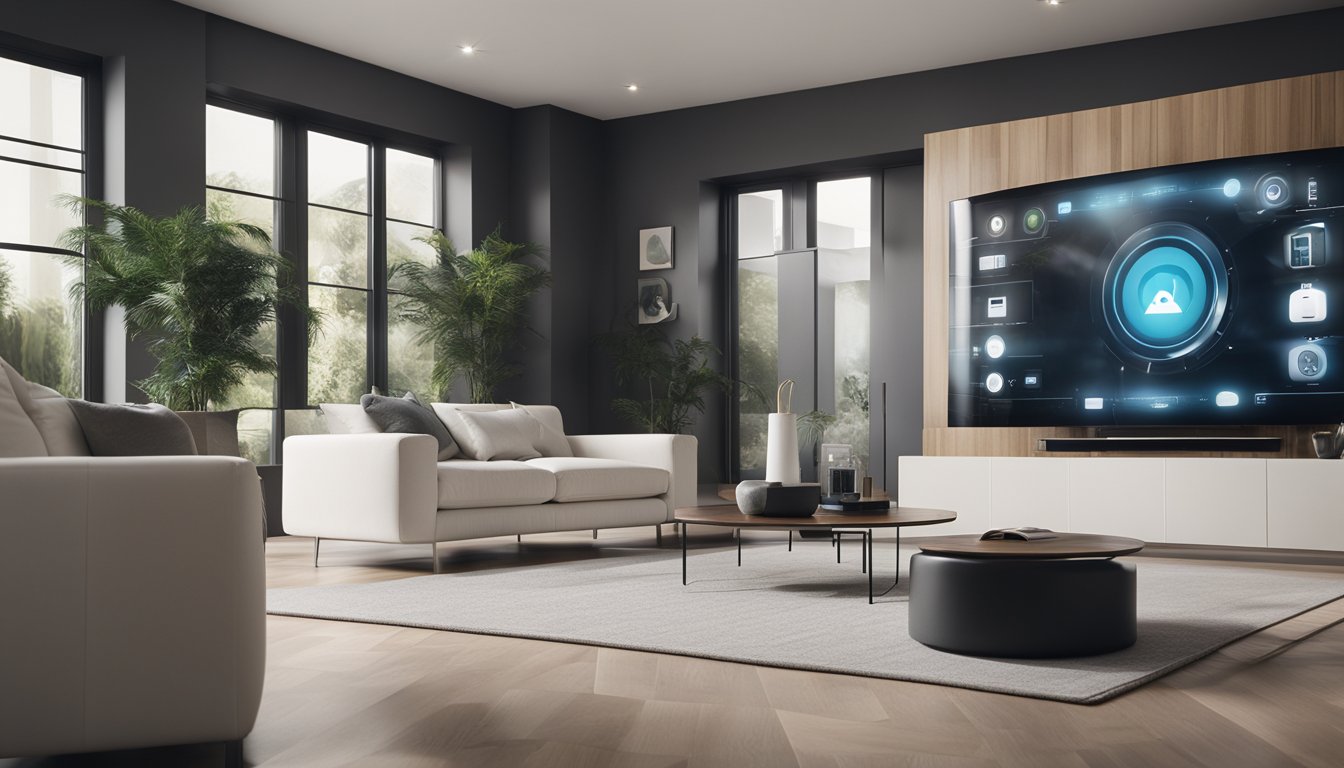Late updated: 04 May 2025 09:05
Written by: Elena Prescott
Guide To Smart Home Security Systems For Beginners: Essential Tips and Insights
Smart home security systems have transformed the way we protect our homes. With advancements in technology, it has become easier and more efficient to secure domestic spaces, providing peace of mind for many homeowners. Choosing the right smart home security system can significantly enhance the safety and convenience of daily life.

As technology continues to evolve, smart home security systems integrate seamlessly with our daily routines. From easy-to-use mobile apps to hands-free voice commands, these systems offer flexibility and control. A comprehensive setup typically includes smart cameras, doorbells, sensors, and alarms, all working together to ensure your home stays secure even when you're not around.
With various options available, selecting the best system can be daunting. Our guide breaks down essential components, providing a solid foundation for making informed decisions. Exploring smart security solutions means understanding how they fit into your life, integrating both existing and new technologies to create a personalised security network.
Key Takeaways
- Essential components enhance smart home security.
- Integrating smart tech boosts home safety.
- Answering FAQs clarifies setup and usage.
Essential Components of Smart Home Security Systems
Smart home security systems provide a comprehensive approach to home protection by utilising various smart devices. Each component has a unique role, contributing to the overall safety and security of the premises.
Security Cameras and Video Doorbells
Security cameras are the backbone of any smart home security system. They provide live video feeds and recorded footage, offering valuable evidence in case of intrusions. Modern home security cameras come with high-definition resolution, night vision, and even motion-detection capabilities.
Video doorbells like Wyze or Ring Alarm allow us to see and speak to visitors remotely. This can deter potential porch pirates and improve our home's security. Monitoring packages often include secure video storage options, ensuring access to footage when needed. Integrating security cameras and video doorbells into our system enhances situational awareness and peace of mind.
Sensors and Detectors
Sensors and detectors are vital for identifying specific threats or breaches. Motion sensors detect movement within areas like hallways or gardens. They can trigger alarms or notifications when unexpected motion is detected.
Door and window sensors alert us when entry points are opened. They are essential in preventing unauthorised access. Additionally, glass-break sensors detect the sound frequency of breaking glass, promptly notifying us of possible break-ins.
For fire and gas safety, smoke alarms and carbon monoxide detectors such as Nest Protect are indispensable. These devices alert us to potential hazards, allowing for swift action to protect our home and loved ones.
Smart Locks and Access Control
Smart locks offer convenient and secure ways to manage access to our homes. They allow us to lock or unlock doors remotely via smartphone apps. We can grant temporary or permanent access to visitors without sharing physical keys.
Smart locks often integrate with other smart home devices, providing seamless control and monitoring. Features like keyless entry and entry logs help us manage access effectively. In an emergency, smart locks enhance our control over securing our premises, keeping us informed of who enters and exits our home.
Integrating Smart Home Technology for Security

Integrating smart home technology into security systems can enhance protection and convenience significantly. Key elements include compatibility with home ecosystems, automated control, and effective monitoring strategies.
Smart Home Hubs and Ecosystem Compatibility
A smart home hub acts as the central unit connecting devices, enabling them to communicate seamlessly. With ecosystems like Apple's HomeKit, users can integrate devices, creating a unified experience. Z-Wave and Zigbee protocols are popular for their robust connectivity. It's essential to ensure compatibility when purchasing new systems; this aligns with digital assistants such as Amazon Alexa and Google Assistant. By doing so, we can manage systems like Google Home or Amazon Echo, increasing security efficiency.
Smart Lighting, Thermostats, and Plugs
Smart lighting systems improve security by automating lights to mimic occupancy. Features like smart bulbs and switches can be controlled remotely. Similarly, smart thermostats contribute to energy savings and home comfort. These devices adapt to our routines, lowering energy use when the home is unoccupied. Installing smart plugs in various appliances enables controlled operation and can deter intruders by simulating activity within the home.
Voice Control and Automation
Voice control through digital assistants like Amazon Alexa and Google Assistant brings hands-free management to our security systems. Voice commands activate or deactivate alarms and monitor smart devices. Smart speakers become essential, integrating with home automation systems to adjust settings or trigger alerts. Automation extends to scheduling routines, such as locking doors at night. This enhances both convenience and security, ensuring all possible entry points are secured without manual intervention.
Installation, Monitoring, and Best Practices
Installation can be DIY or professionally setup, depending on user preference. DIY home security systems offer flexibility and personalization, while professional monitoring provides constant backup with features like battery backup for outages. Implementing a monitored system offers push notifications for real-time alerts. Essential practices include setting strong passwords to prevent unauthorised access. Employing these measures enhances home safety, ensuring we stay informed about potential threats and respond promptly.
Frequently Asked Questions

In this section, we explore some of the most common questions newcomers have about smart home security systems. Our responses will provide specific advice on the essential components beginners need, systems without subscriptions, and effective DIY setup.
What are the essential components of a smart home security system for a beginner?
Essential components include a central security hub, door and window sensors, and indoor or outdoor cameras. These devices form the backbone of a smart security system, providing basic yet effective monitoring.
Which smart home security system offers the best performance without a subscription?
Several systems, such as SimpliSafe and Eufy Security, offer robust features without the need for ongoing fees. These options often include free monitoring through their apps.
How can one set up a DIY home security camera system effectively?
To set up a DIY system, start by selecting cameras with good resolution and a wide field of view. Next, position them strategically around key entry points of the home. Make use of mobile apps to view and configure settings.
What attributes distinguish the best professional home security systems on the market?
The top systems offer 24/7 monitoring, rapid response to alerts, and integration with other smart home devices. Their reliability and ease of use are complemented by high-quality equipment and responsive customer service.
Are there any reliable DIY home security systems that do not incur monthly fees?
Yes, some reliable DIY systems like Blink and Wyze provide comprehensive security features at a one-time purchase cost. They stand out for allowing homeowners to monitor their properties without monthly expenses.
How can a beginner convert their residence into a smart home efficiently?
Begin by prioritising smart security upgrades, such as smart locks or lighting. Gradually integrate additional devices, ensuring compatibility with existing gadgets. This phased approach eases the transition to a fully automated home.
